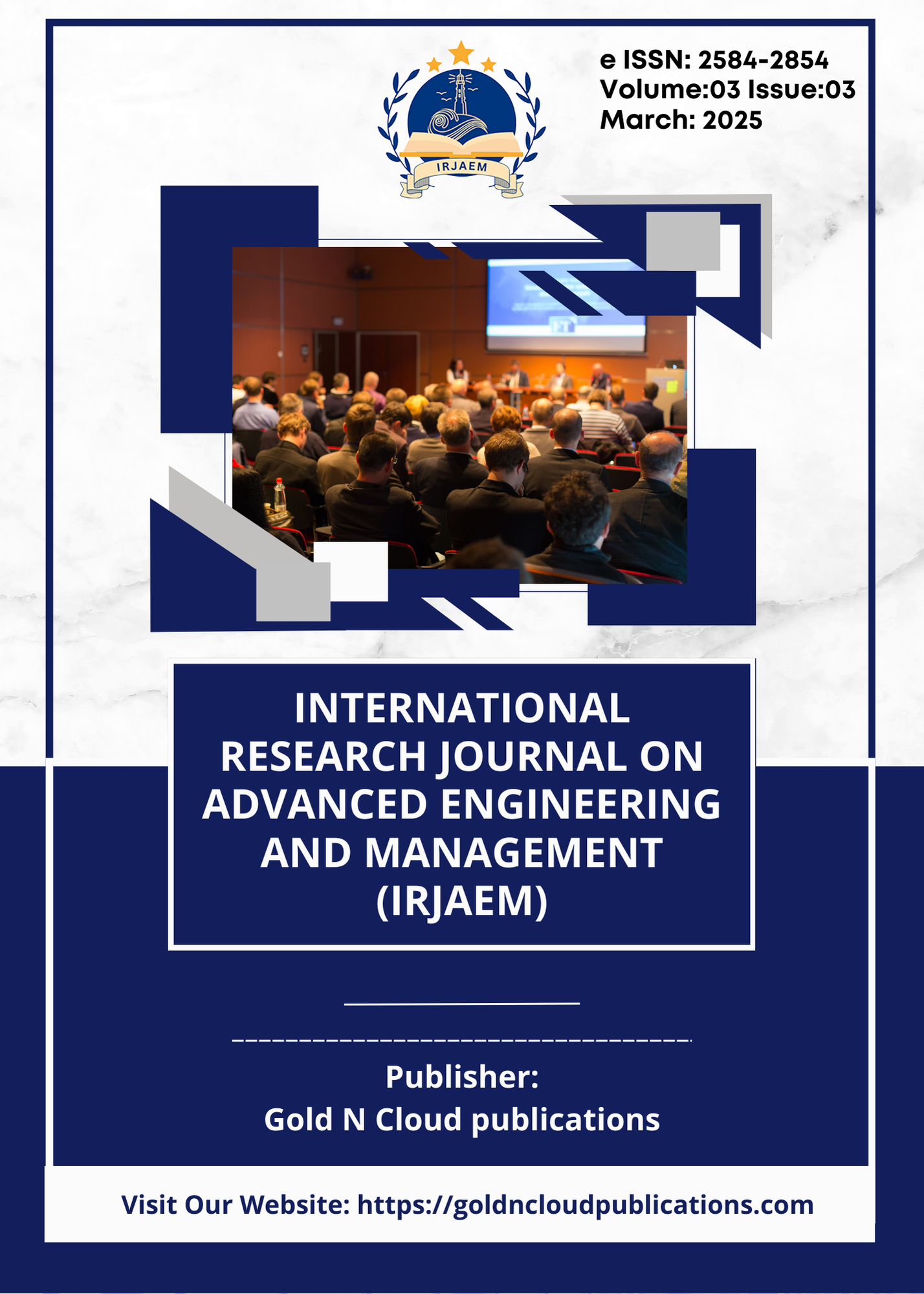Environmental and Health Impacts of Dust Emissions from Construction Site a Mitigation Techniques and Safe Practices
DOI:
https://doi.org/10.47392/IRJAEM.2025.0151Keywords:
Dust Mitigation And Air Quality, Health Risks, Environmental Impact, Construction Sites, Dust EmissionsAbstract
Dust emissions from construction sites represent a significant environmental and public health concern. Construction activities, such as excavation, demolition, and material handling, generate substantial amounts of dust particles that can adversely impact air quality, soil, water, and human health. This project investigates the environmental and health impacts of dust emissions originating from construction sites, along with the identification and implementation of effective mitigation techniques and safe practices to minimize these impacts. The study highlights the various types of dust particles, including particulate matter, and their potential to contribute to respiratory diseases, cardiovascular conditions, and other chronic health issues. Moreover, construction-related dust can deteriorate air quality, harm ecosystems, and lead to soil and water contamination. In urban areas, these dust emissions can exacerbate pre-existing pollution levels, reducing the quality of life for local populations. To address these challenges, the project explores a range of mitigation strategies, including dust suppression methods such as water spraying, use of dust barriers, and green landscaping around construction zones. The best practices in construction management such as proper site planning, scheduling, and use of dust-control technologies are assessed for their effectiveness in minimizing dust emissions. The importance of worker health and safety protocols is also examined, focusing on personal protective equipment (PPE), air quality monitoring, and regular health screenings. The findings suggest that while dust emissions from construction activities are inevitable, their negative impacts can be significantly reduced through a combination of technological solutions, regulatory measures, and adherence to sustainable construction practices. The project recommends the integration of dust control measures into standard construction practices, continuous monitoring, and greater awareness among construction workers and site managers to ensure environmental protection and safeguard public health.
Downloads
Downloads
Published
Issue
Section
License
Copyright (c) 2025 International Research Journal on Advanced Engineering and Management (IRJAEM)

This work is licensed under a Creative Commons Attribution-NonCommercial 4.0 International License.


 .
. 